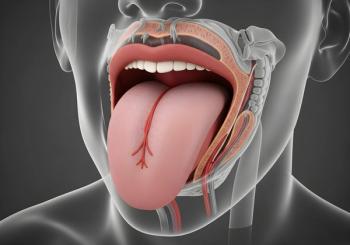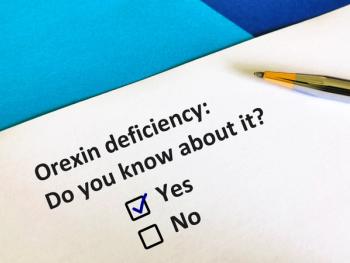
Atomoxetine, Oxybutynin Combination Shows Some Promise as a Treatment for Obstructive Sleep ApneaKey to Treating OSA
Obstructive sleep apnea (OSA) is a major sleep problem that can occur in people of all ages, though the frequency increases with age and obesity. It is estimated that up to 18 million people in North America have some level of sleep apnea.
Camilo Ruiz. M.D., a dual board-certified internist and sleep specialist practicing in Fort Lauderdale, Fla., notes several factors can lead to the development of OSA. These include weight gain, hormone changes, aging, facial anatomy, genetics/family history.
Additionally, some clinical conditions can lead to sleep apnea such as cardiomyopathies, thyroid disorders and
The most common cause of OSA is excess weight and obesity, which is associated with the soft tissue of the mouth and throat. During sleep, when throat and tongue muscles are more relaxed, this soft tissue can cause the airway to become blocked.
“Sleep apnea is dangerous because it can lead to medical problems such as difficult to control blood pressure, increased risk of heart attacks, stroke, or cardiac arrhythmia,” Ruiz says.
Currently, there are hundreds of researchers worldwide working on sleep apnea and looking for potential therapies including medications to treat it.
“The newer treatments are those that deal with hypoglossal nerve stimulation and some medications that decrease sleep apnea thresholds,” Ruiz said. “A combination of
Atomoxetine, sold under the brand name Straterra, is a medication taken to treat attention deficit hyperactivity disorder. Oxybutynin, sold under the brand name Ditropan, is used to treat overactive bladder.
A small (20 patients) study published in the American Journal of Respiratory and Critical Care Medicine in 2019 concluded that a combination of atomoxetine and oxybutynin agents administered orally before bedtime greatly reduced OSA severity
The same research group, led by
Montemurro is now chief scientific officer at
A third study, published earlier this year in the journal Sleep and Breathing evaluated the efficacy and safety of a combination of 80 milligrams of atomoxetine and five milligrams of oxybutynin. The phase 2 trial was funded Apnimed,
The trial enrolled 62 patients in a randomized, placebo-controlled crossover study comparing the atomoxetine-oxybutynin combination, 80 milligrams atomoxetine alone, and a placebo. The trial included patients with OSA and moderate pharyngeal collapsibility as defined by a higher proportion of hypopneas to apneas and mild oxygen desaturation.
The researchers found the effect of atomoxetine-oxybutynin combination the was clinically meaningful, with a 54% reduction in median AHI compared woth placebo.
“Our study demonstrated that AD036 (the current name of the atomoxetine-oxybutynin combination) improves AHI and other measures of OSA severity in a population of patients with moderate pharyngeal collapsibility as described by a higher proportion of hypopneas to apnea and mild degree of oxygen desaturation,” wrote lead author Paula Schweitzer, Ph.D., director of research at the Sleep Medicine and Research Center of St. Luke’s Hospital in Chesterfield, Missouri
Newsletter
Get the latest industry news, event updates, and more from Managed healthcare Executive.


















































